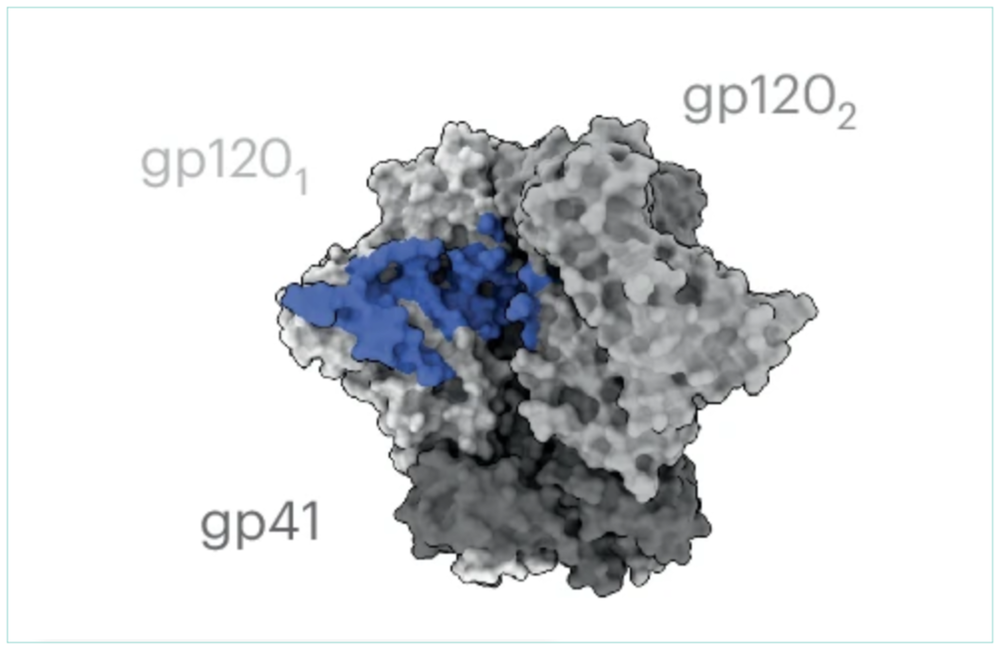- Progress in compact laser technology can enhance industrial emissions monitoring Envirotech Online
- Tiny laser could transform medicine and quantum science ScienceDaily
- How a Palm-Sized Laser Could Change Medicine and Manufacturing SciTechDaily
Author: admin
-
Progress in compact laser technology can enhance industrial emissions monitoring – Envirotech Online
-

Syrian President al-Sharaa meets with Trump at White House, a first for former jihadist
The Oval Office is a long way from Abu Ghraib.
When he’s greeted by President Donald Trump on Monday, Ahmad al-Sharaa will have completed his journey from jihadist leader to head of state receiving a warm White House welcome.
Since toppling the…
Continue Reading
-

Saturn’s Enceladus moon may host life
NASA’s Cassini mission has revealed an astonishing new chapter in the story of Enceladus, Saturn’s icy moon long regarded as one of the Solar System’s most promising locations for extraterrestrial life.
For the first time, scientists have…
Continue Reading
-

Prince William opens up on parenting, Kate’s cancer battle, and technology limits for his children
Prince William opened up about parenting, his children, and family challenges in a Brazilian TV interview
Prince William spoke candidly about the…
Continue Reading
-

Antibody from Tanzanian woman suppresses almost all tested HIV variants including resistant viruses in pre-clinical study
An antibody from a Tanzanian woman discovered during screening for anti-HIV antibodies shows a strong therapeutic potential in a preclinical study. Named 04_A06, it neutralised (blocked) 97.3% of over 300 HIV strains tested, and blocked 77% of…
Continue Reading
-
Nomad Foods revenue, earnings decrease in Q3 2025 amid headwinds – SeafoodSource
- Nomad Foods revenue, earnings decrease in Q3 2025 amid headwinds SeafoodSource
- Analysts Estimate Nomad Foods (NOMD) to Report a Decline in Earnings: What to Look Out for Nasdaq
- Nomad Foods Reports Third Quarter 2025 Financial Results Investing News Network
- Nomad Foods Limited (NYSE:NOMD) Q3 2025 Earnings Call Transcript Insider Monkey
- Nomad Foods Ltd reports results for the quarter ended September 30 – Earnings Summary TradingView
Continue Reading
-
AKVA exceeds NOK 1 billion in Q3 revenues but reports softer order intake – SeafoodSource
- AKVA exceeds NOK 1 billion in Q3 revenues but reports softer order intake SeafoodSource
- AKVA Group ASA (OSL:AKVA) Q3 2025: Everything You Need To Know A GuruFocus
- AKVA Group ASA (STU:3QI) Q3 2025 Earnings Call Highlights: Record Revenue and Strategic Growth Plans Investing.com Canada
- Earnings call transcript: Akva Group sees strong Q3 2025 revenue growth, stock stable Investing.com Canada
Continue Reading
-
Google Gemini Deep Research can now access your workspace files – Developer Tech News
- Google Gemini Deep Research can now access your workspace files Developer Tech News
- Gemini Deep Research can now connect to your Gmail, Docs, Drive and even Chat. The Keyword
- Gemini can finally search Gmail and Drive, following Microsoft PCWorld
Continue Reading
-

A&T Moves Into First-Place Tie In Conference Standings After Superb Day 2 at MEAC Meet #1
TOWSON, Md. – The North Carolina A&T bowling team’s bounce-back performance on Sunday at Mid-Eastern…
Continue Reading
-

Research cautions that ignoring calorie reductions on intermittent fasting reduces benefits
Without changing a person’s caloric intake, intermittent fasting does not lead to measurable metabolic or cardiovascular improvements, according to new research. The study focused on time-restricted eating (TRE), a form of intermittent fasting…
Continue Reading